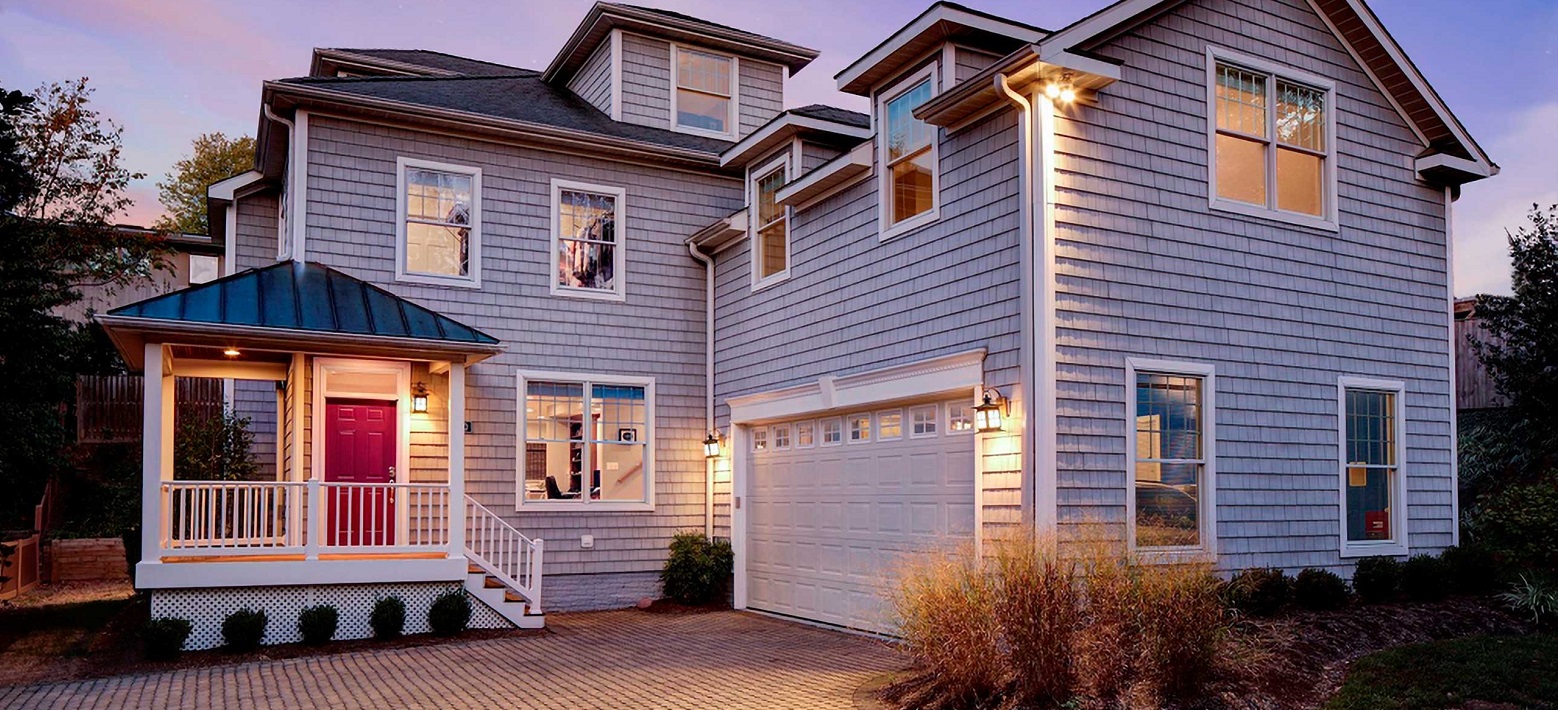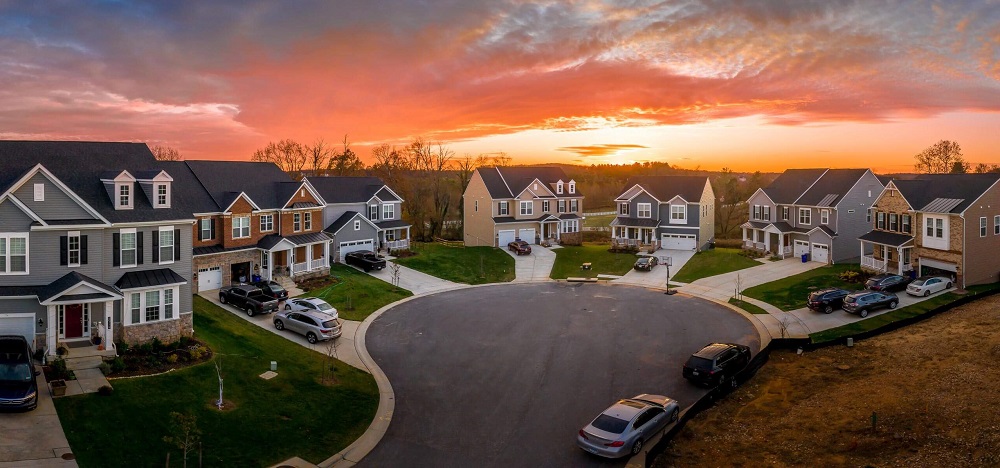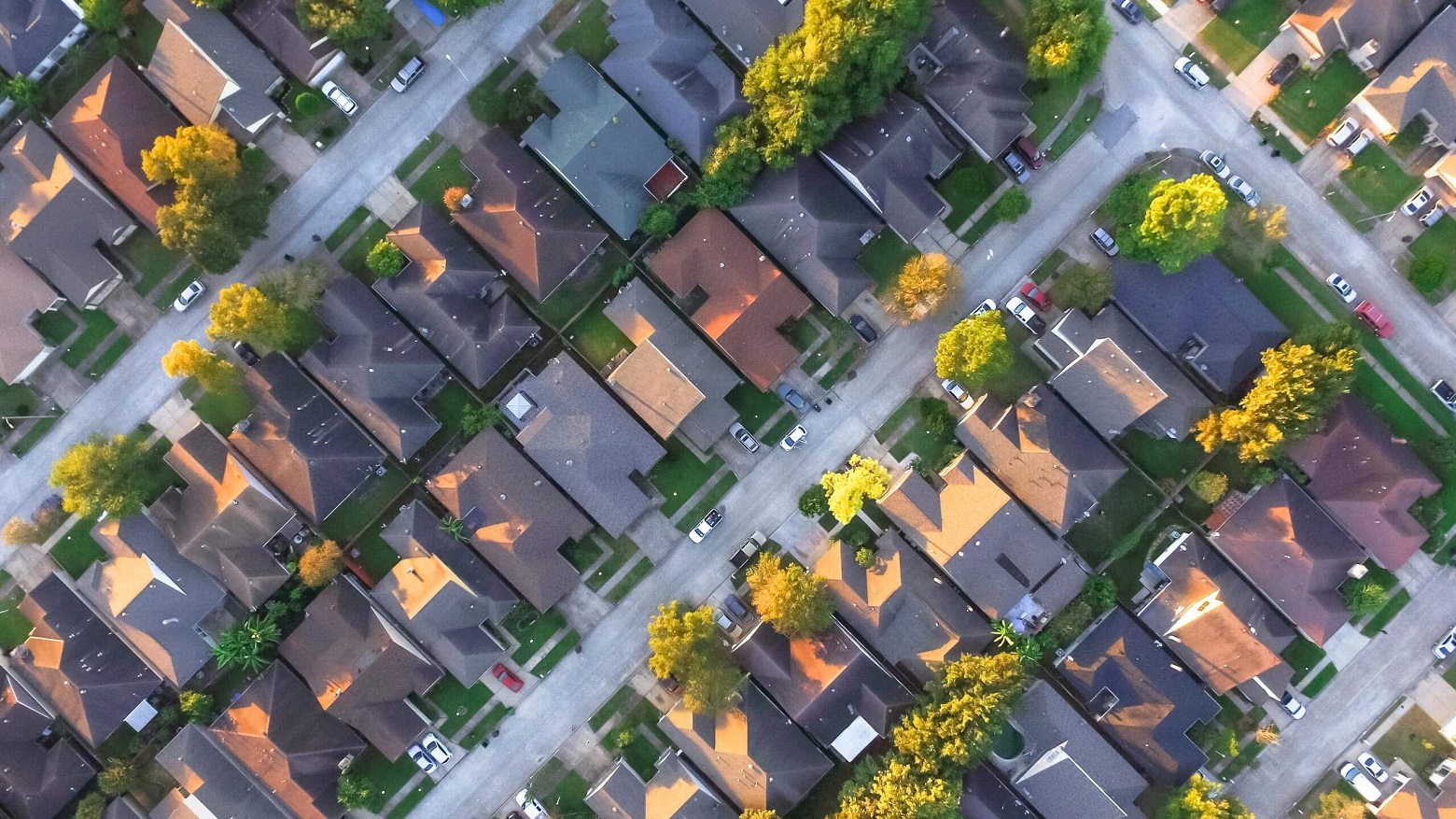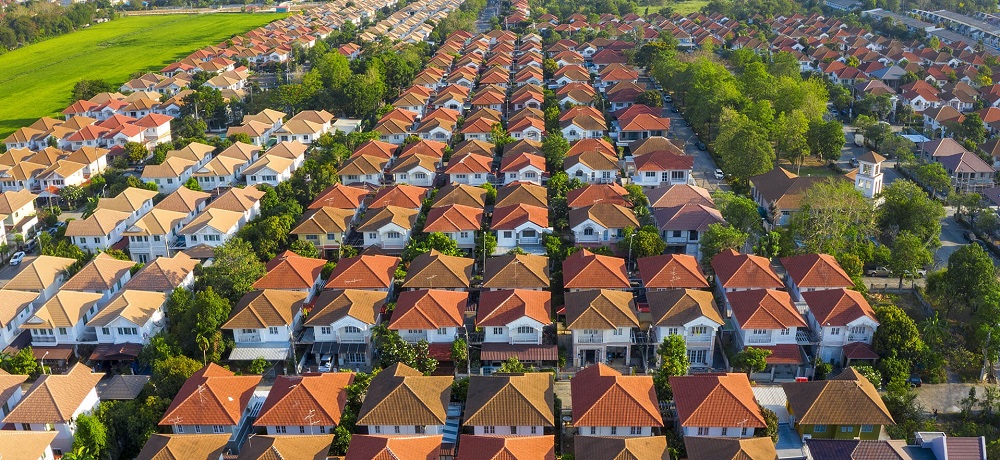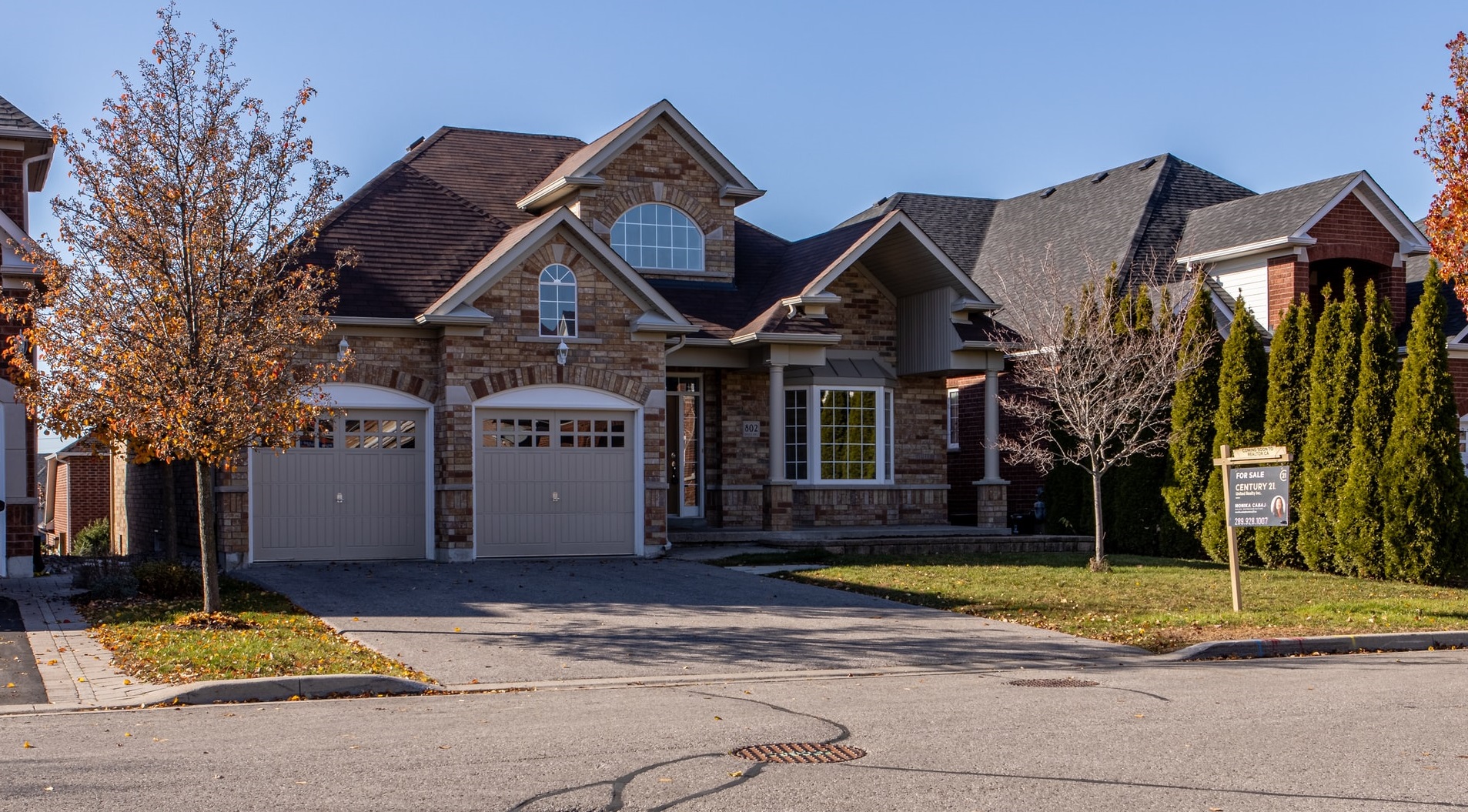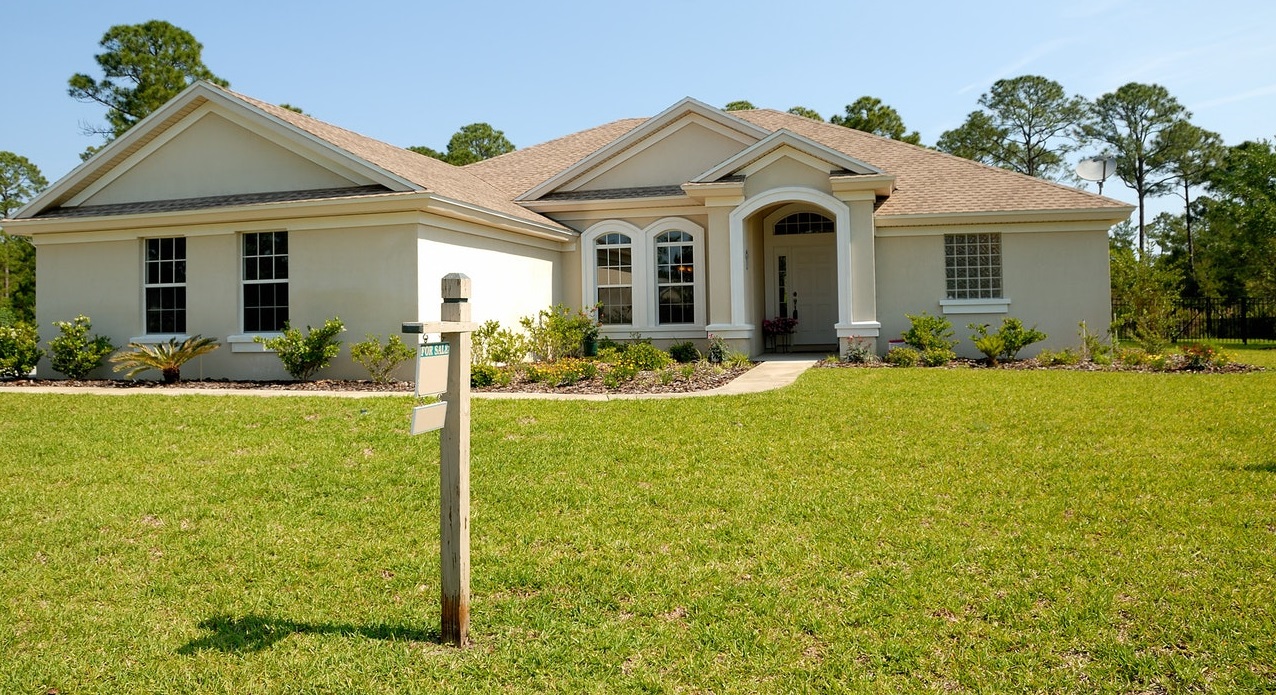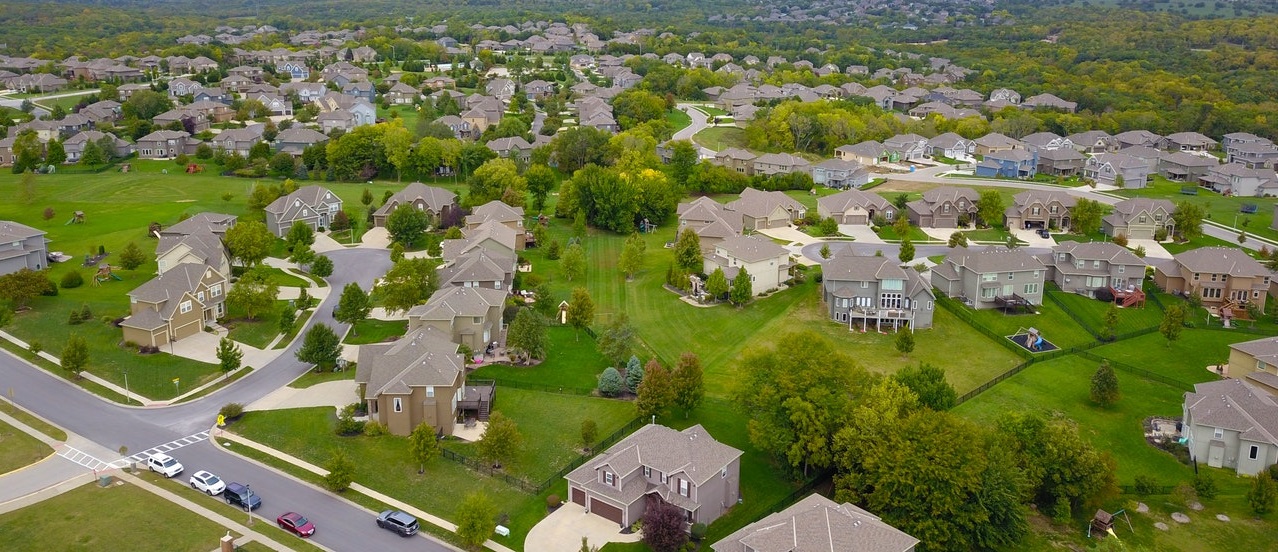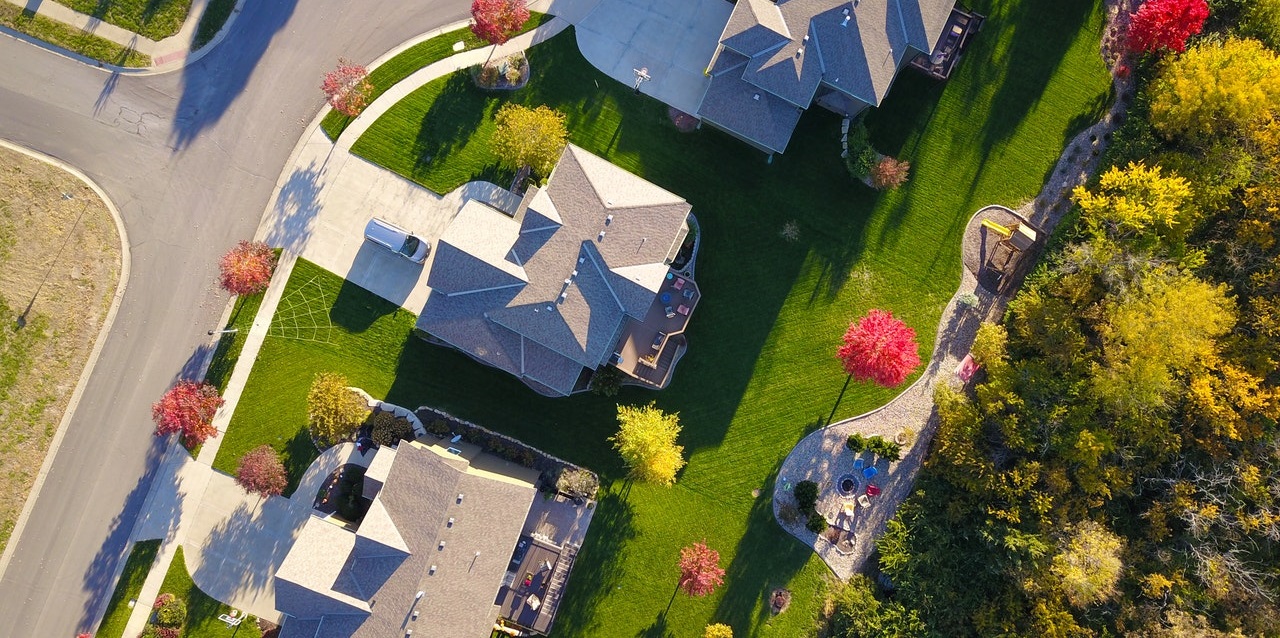In April 2021, 4.7% of home mortgages were in some stage of delinquency (30 days or more past due, including those in foreclosure), which was the first year-over-year decrease and the lowest overall delinquency rate since March 2020 according to the latest CoreLogic Loan Performance Insights Report. The 1.4 percentage point decrease in the delinquency rate from April 2020 marked a turning point for mortgage performance and was enabled by an employment and income recovery that helped homeowners remain or return to “current” mortgage payment status.
The CoreLogic Loan Performance Insights report features an interactive view of our mortgage performance analysis through April 2021. Measuring early-stage delinquency rates is important for analyzing the health of the mortgage market. To more comprehensively monitor mortgage performance, CoreLogic examines all stages of delinquency as well as transition rates that indicate the percent of mortgages moving from one stage of delinquency to the next.
National home prices increased 15.4% year over year in May 2021, according to the latest CoreLogic Home Price Index (HPI®) Report. The May 2021 HPI gain was up from the May 2020 gain of 4.2% and was the highest year-over-year gain since November 2005. Low mortgage rates and low for-sale inventory drove the increase in home prices. While a pick-up in construction and an increase in for-sale listings as more homeowners get vaccinated may help moderate surging home price growth, affordability challenges may drive some potential home buyers out of the market which could reduce demand.
Home prices nationwide, including distressed sales, increased year over year by 15.4% in May 2021 compared with May 2020 and increased month over month by 2.3% in May 2021 compared with April 2021 (revisions with public records data are standard, and to ensure accuracy, CoreLogic incorporates the newly released public data to provide updated results). The CoreLogic HPI Forecast indicates that home prices will increase on a month-over-month basis by 0.8% from May 2021 to June 2021, and on a year-over-year basis by 3.4% from May 2021 to May 2022.
Jumbo-conforming mortgage rate spread widened during the pandemic.Low interest rates during the pandemic didn’t favor homebuyers with large-balance mortgage loans the same way as it did other homebuyers. While the mortgage rate dropped to a record low in 2020, the jumbo-conforming mortgage rate spread widened. In other words, jumbo loans were relatively more expensive than conforming loans.
The rapid increase of lumber prices has been all over the news throughout the COVID-19 pandemic, and everyone seems to have their own explanation of why this trend has been occurring. From increased demand, to the lack of timber, to the Mountain Pine Beetle destroying trees, or to the impacts of clearcutting, each of these explanations are true to varying degrees. But they’re also not the complete picture. When it comes to pricing, it’s important to distinguish between _demand for lumber_ and the _supply chain for lumber products_.
U.S. single-family rent growth increased 5.3% in April 2021, the fastest increase since May 2006, according to the CoreLogic Single-Family Rent Index (SFRI). The index slowed in 2020, but even when compared with 2019, rent growth is running above pre-pandemic levels. The index measures rent changes among single-family rental homes, including condominiums, using a repeat-rent analysis to measure the same rental properties over time.
With mortgage rates declining to ever new lows during 2020, the mortgage market had the largest number of originations in 17 years. The volume was driven by no-cash-out refinance: more than one-half of the originations, and 4-in-5 refinance loans, were no-cash-out during 2020. Interest rates on fixed-rate mortgages were at an all-time low at the beginning of 2021 and have moved higher since then. While forecasts vary, the consensus view among economists is that mortgage rates will rise between one-fourth to three-fourths of a percentage point during the next 12 months.
The amount of equity in mortgaged real estate increased by $1.9 trillion in Q1 2021, an annual increase of 19.6%, according to the lastest CoreLogic Homeowner Equity Report . The average annual gain in equity was $33,400 per borrower — the largest average equity gain in at least 10 years. The nationwide negative equity share for Q1 2021 was 2.6% of all homes with a mortgage, the lowest share of homes with negative equity since CoreLogic started tracking this number in the third quarter of 2009.
In March 2021, 4.9% of home mortgages were in some stage of delinquency (30 days or more past due, including those in foreclosure), a sharp decrease from February 2021 according to the latest CoreLogic Loan Performance Insights Report. The 0.8 percentage point decrease in the delinquency rate from February was the largest since the start of the pandemic and could be partly attributed to the largest one-month increase in employment since August 2020.
National home prices increased 13% year over year in April 2021, according to the latest CoreLogic Home Price Index (HPI®) Report. The April 2021 HPI gain was up from the April 2020 gain of 4.6% and was the highest year-over-year gain since February 2006. Low mortgage rates and low for-sale inventory drove the increase in home prices. While a pick-up in construction and an increase in for-sale listings as more homeowners get vaccinated may help moderate surging home price growth, affordability challenges may drive some potential home buyers out of the market which could reduce demand.
Months into 2021, housing supply remains at historically low levels while the impact from the pandemic and low mortgage interest rates linger. This has meant that some potential sellers are still holding on to their properties in fear of the virus while homebuyers are flooding the market, trying to capture the benefits of low mortgage interest rates. Together, these have shrunk the already small supply of available homes.
Lack of availability of homes for sale has been the Achilles’ heel of many housing markets across the country even prior to 2020, and the COVID-19 pandemic has only exacerbated the shortfall. Since the Great Recession, the inventory of homes for sale has been on a decline and has reached its lowest recorded levels in recent months. From the 1980s to early 2000s, the annual number of homes for sale averaged 1.9 million. In 2020, the number fell below 1 million.
Three important factors in mortgage underwriting are debt-to-income (DTI) ratios, loan-to-value (LTV) ratios and credit scores. Over the course of the pandemic, we have seen a decrease in the average DTI and LTV as well as an increase in the average credit score of loan applicants. There are two possible reasons for this change: either the risk attributes of applicants have changed, or lenders’ credit underwriting standards have changed due to an uncertain economic outlook.
U.S. single-family rent growth quickened in March 2021, increasing 4.3% year over year, showing solid improvement from the low of 1.4% reported for June 2020, and up from the 3% rate recorded for March 2020, according to the CoreLogic Single-Family Rent Index (SFRI). The index measures rent changes among single-family rental homes, including condominiums, using a repeat-rent analysis to measure the same rental properties over time.
The U.S. shed more than 22 million jobs in March and April 2020 as the economy felt the full impact of the pandemic shutdown. These jobs have been coming back, and as of February 2021, the U.S. has recovered 58% of the jobs lost in 2020. However, the job recovery has been felt differently across the country with some states showing full recoveries and others lagging far behind.
The latest loan performance data from CoreLogic shows that the nation’s mortgage delinquency rate in February 2021 was 5.7%, a small increase from January’s 5.6%. The delinquency rate calculates the number of loans in various stages of distress — 30-59 days past due, 60-89 days past due, 90+ days past due, and foreclosures — as a percentage of all first-lien mortgages in servicing.
In February 2021, 5.7% of home mortgages were in some stage of delinquency (30 days or more past due, including those in foreclosure), a small increase from January 2021, and a 2.1-percentage point increase from February 2020 according to the latest CoreLogic Loan Performance Insights Report. The slight (0.1 percentage point) increase over January 2021 marked the first uptick in month-to-month national delinquency since August 2020.
This month marks the 125th anniversary of the Dow Jones Industrial Average, a stock-value metric for 30 blue-chip U.S. companies. There are very few assets that have such a long valuation history, and fortunately single-family housing is one such asset. To commemorate the quasquicentennial, let’s compare how stock and home prices have fared over time.
National home prices increased 11.3% year over year in March 2021, according to the latest CoreLogic Home Price Index (HPI®) Report. The March 2021 HPI gain was up from the March 2020 gain of 4.6% and was the highest year-over-year gain since March 2006.







